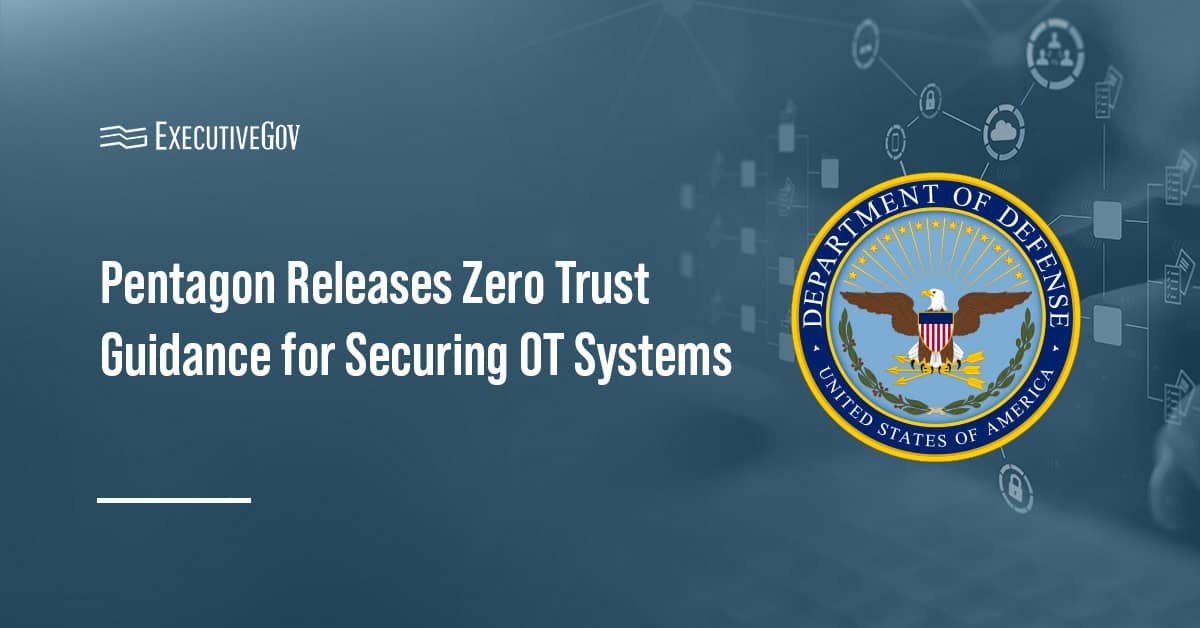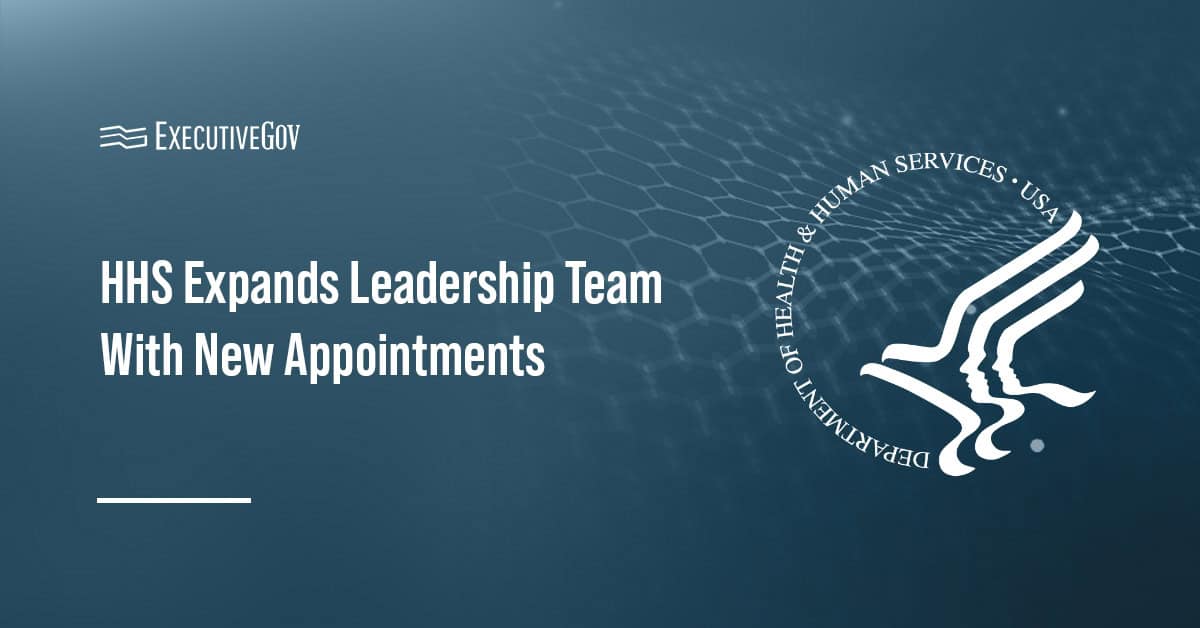
The Senate has voted to promote Vice Adm. Michael Gilday to admiral and confirm his position as chief of naval operations, Military.com reported Thursday.
Gilday, the current director of the Joint Staff, received Senate confirmation for the U.S. Navy role after the Senate Armed Services Committee’s vote of approval. He will take up the service branch’s highest senior position, succeeding Adm. John Richardson who will retire this summer.
Gilday said he will work to address the Navy SEAL misconduct issues as chief of naval operations during in a hearing. President Trump nominated Gilday for the latter’s new role in July.





